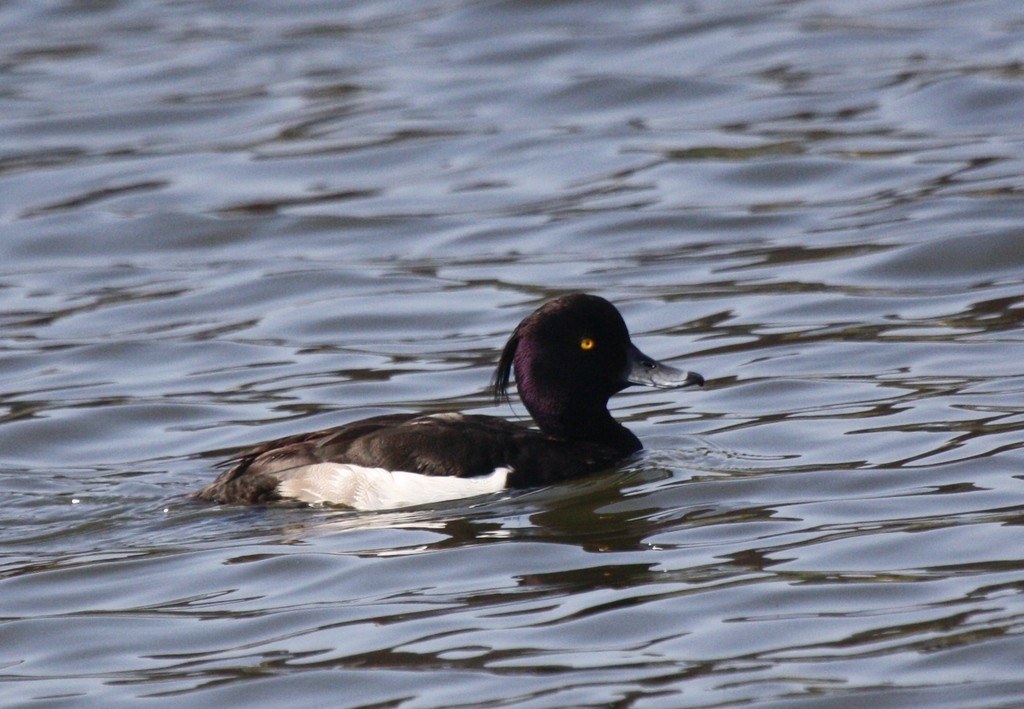Tufted Duck
A species of Diving ducks Scientific name : Aythya fuligula Genus : Diving ducks
Tufted Duck, A species of Diving ducks
Botanical name: Aythya fuligula
Genus: Diving ducks
Content
Description People often ask General Info
 Photo By silversea_starsong , used under CC-BY-NC-4.0 /Cropped and compressed from original
Photo By silversea_starsong , used under CC-BY-NC-4.0 /Cropped and compressed from original Description
The tufted Duck’s distinctive plumage sets it apart from other species. During the warmer months, the duck is commonly found on lakes and marshes but moves to the sea in the winter. It typically forms flocks in the winter where it spends the day sleeping. The duck often dives into the water in search of aquatic plants and insects.
Size
43 - 46 cm
Life Expectancy
15 years
Nest Placement
Ground
Feeding Habits
Tufted Duck primarily consumes molluscs, aquatic insects, and plants, using diving and occasionally upending methods. Tufted Duck also adapts to nocturnal feeding.
Habitat
Tufted Duck primarily occupies freshwater ecosystems such as lakes, ponds, and reservoirs rich in vegetation, usually not exceeding 5m in depth. These birds favor eutrophic waters for breeding, often with islands, and in winter, they opt for brackish environments like lagoons and bays protected from waves. Geographically, their habitat spans from sea level to high altitudes across various regions during migration and wintering.
Dite type
Aquatic invertebrate eater
People often ask
General Info
Feeding Habits
Bird food type
Distribution Area
The tufted duck breeds throughout temperate and northern Eurasia. It occasionally can be found as a winter visitor along both coasts of the United States and Canada. These ducks are migratory in most of their range, and overwinter in the milder south and west of Europe, southern Asia and all year in most of the United Kingdom. One individual has been reported as far south as Melbourne, Australia. They form large flocks on open water in winter. 
Species Status
Not globally threatened.